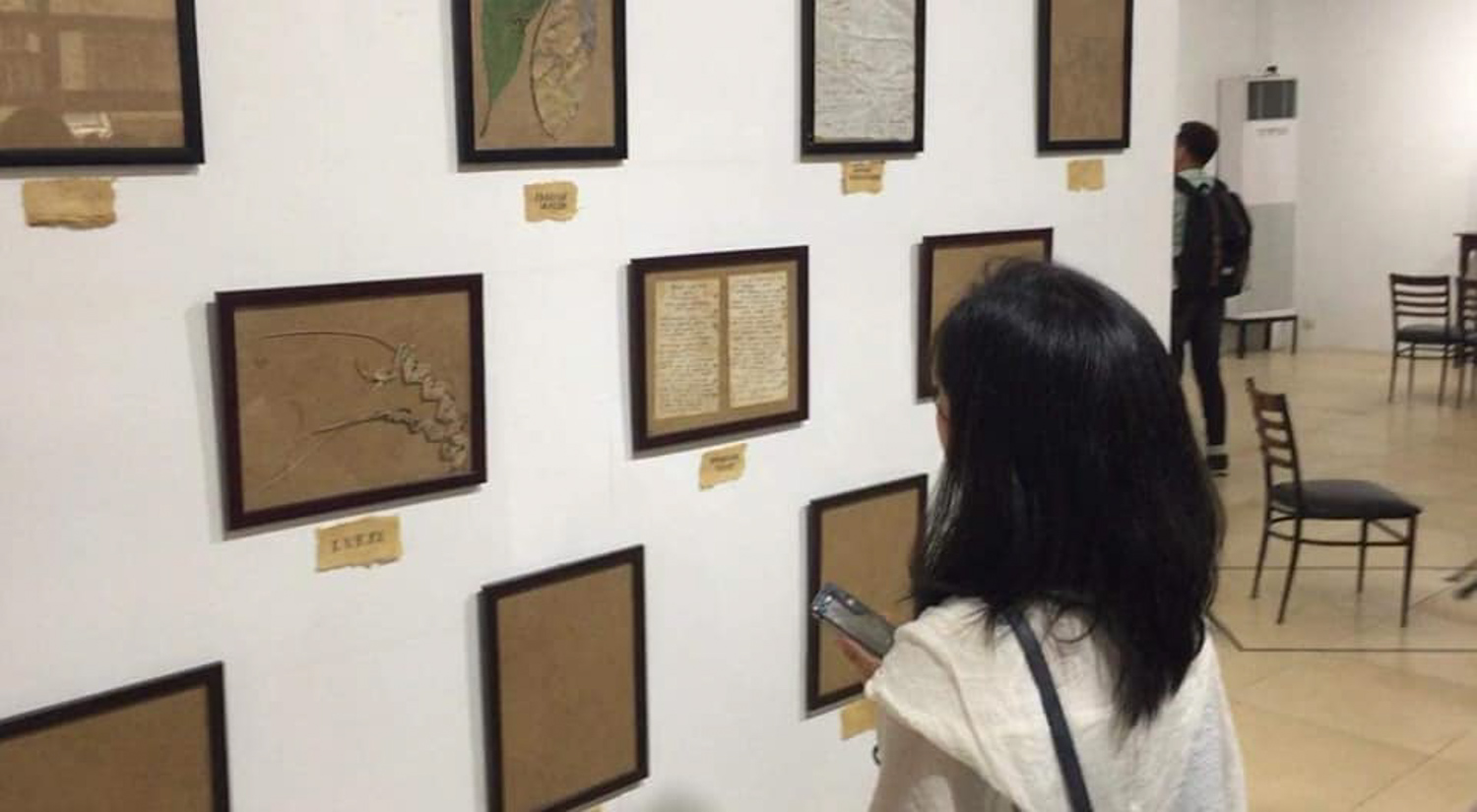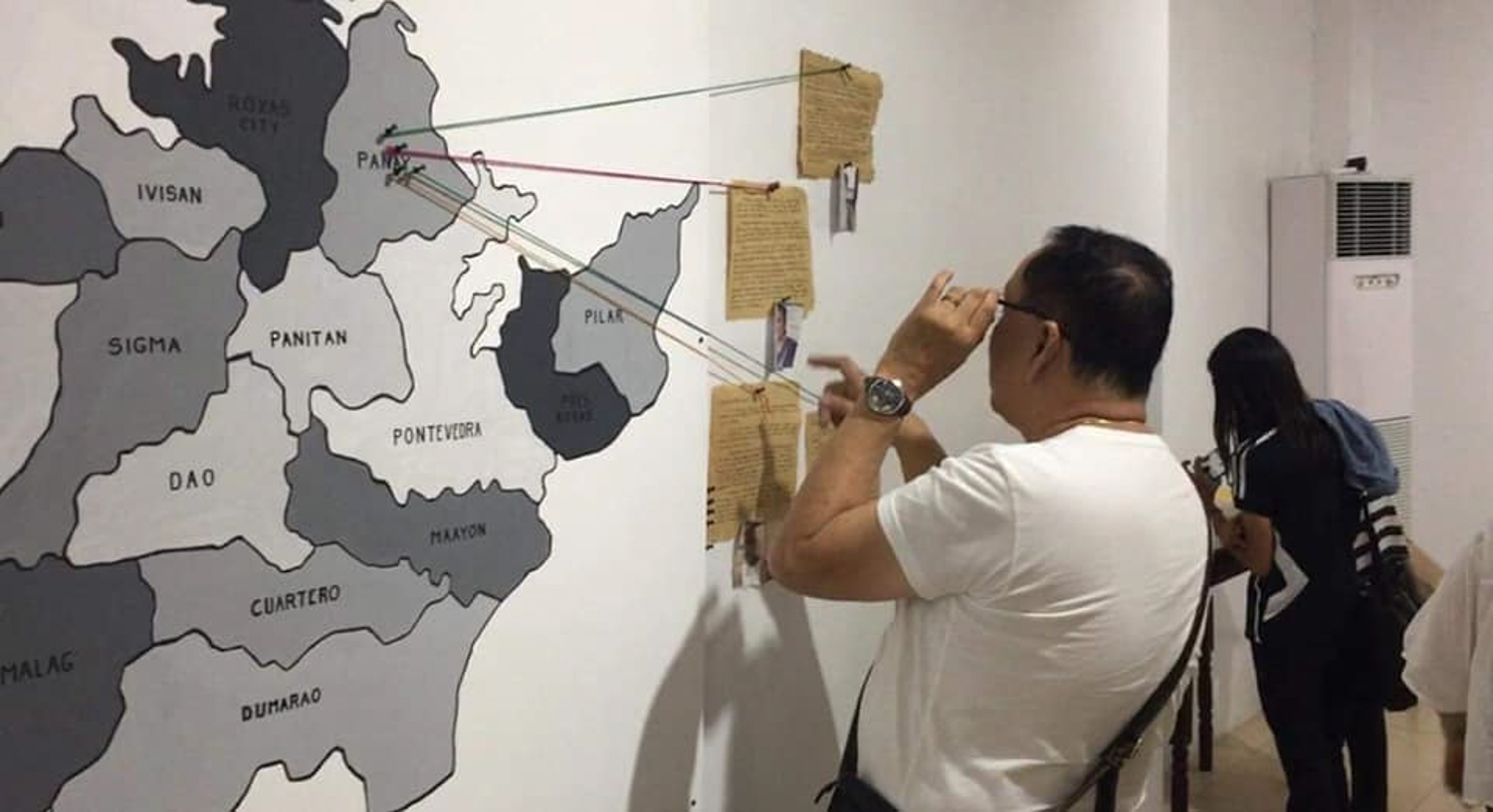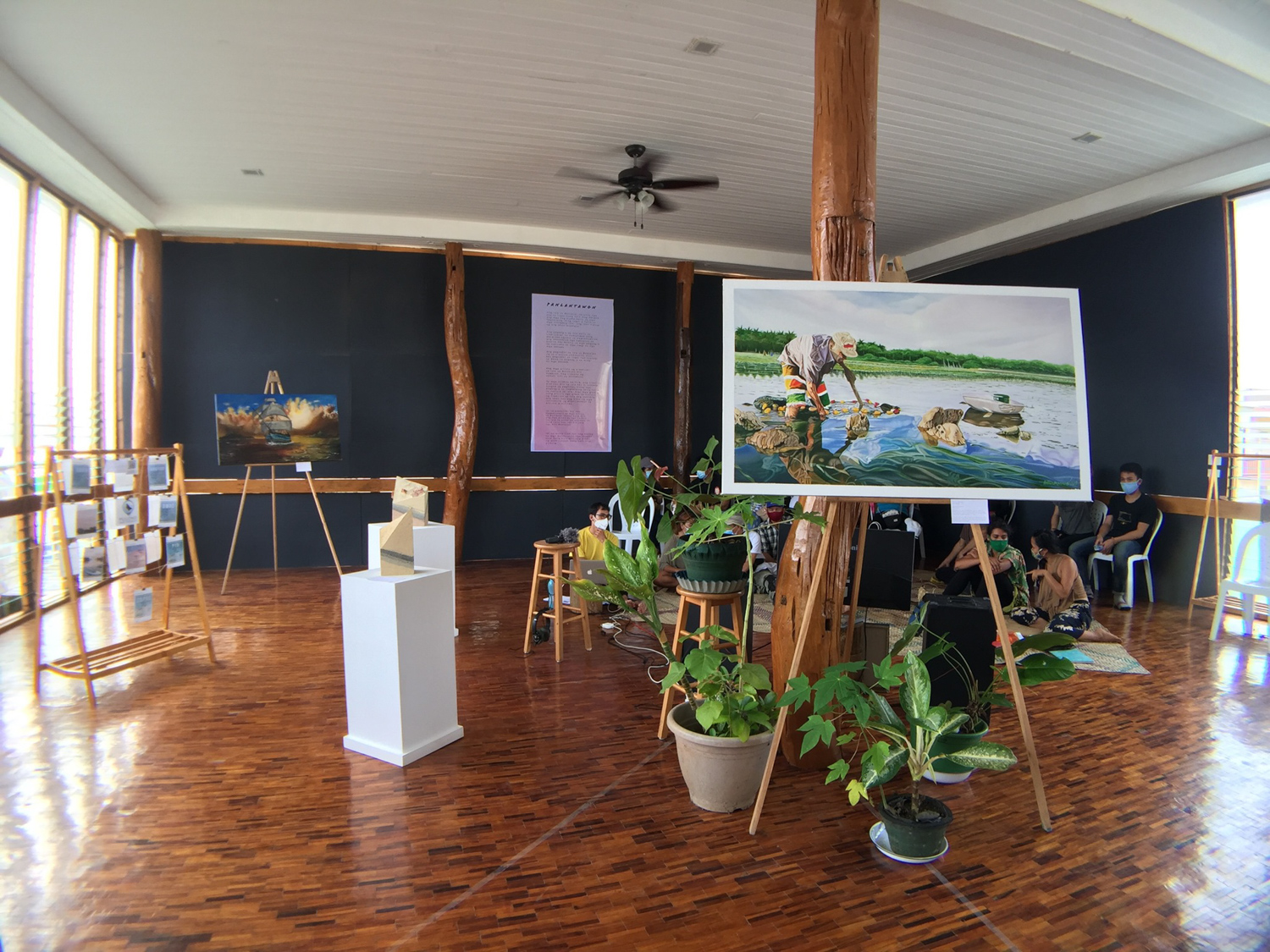You Are the Footprints — 11.19.2020
Since it is VIVA ExCon season (16), I cannot help but recall our situation several months before launching VIVA ExCon 15 in Roxas City on November 8, 2018. Here’s one incident that refuses to die in my memory.
During a meeting with our partners from Roxas — Annie Villaruz (director of the Gerry Roxas Training and Convention Center) and Cheche del Rosario (director of The Water Tank Museum) — in Papaya’s office in Quezon City, Annie suggested that we invite Greg Atienza to seek his professional help in finding big corporate sponsors. Since we were desperately looking for funds, I readily said yes; Greg, after all, had a sterling career in advertising since the ‘80s and became a marketing guru. As a personal friend of Tony del Rosario, the former governor of Capiz who was a major supporter of VIVA ExCon, Greg was instrumental in launching the successful TRIAKSYON, the first Capiz international triathlon in Roxas, in 2017.
Greg, who resides in Alabang, made the effort to drive all the way to Quezon City to hear and learn about VIVA ExCon. If only for that, I was already grateful, but at the same time hopeful for him to eventually bring in a major corporate sponsor.
Greg patiently sat through the meeting, trying to understand the nuances of an artists-led festival. But what caught me unprepared was his question: “What footprints will the festival leave behind after the exhibitions have been packed-up and the corporate banners rolled-down?” I started to mumble how art and cultural activities are slow burning processes, their impacts might most likely be abstract in the beginning and will require time and distance for the beneficiaries — the art community and the public — to understand and evaluate, and even later, appreciate much better. But Greg wanted to hear something concrete and tangible, something like a piece of sculpture or a marker that a prospective corporate sponsor could spend for and maybe leave its logo on. That was something I was not ready to promise him as I honestly did not know then how that works. A few months after that meeting, Annie informed me that Greg won’t be able to help VIVA ExCon. I could only blame myself as perhaps I failed to convince him.
A few days ago, after watching the Capiz Report aired during the first day of the V-Con for VIVA ExCon 2020 / DASUN Recalibrated, I told myself without hesitation, “Finally, I see the footprints of VIVA ExCon.” Undeniably, Marika Constantino’s co-learning and co-creation space KANTINA; Shane Martinez, Hazel Fegarido, and Maru Alayon’s EyeCan Creatives; 036 project composed of Jason Rufino, Kalayn, and Mark Omega; and the activities in The Water Tank Museum (which has turned into a relief center since the start of the pandemic) under Cheche have all become remarkable footprints.
On the third day of V-Con in Bacolod last Sunday, we saw the same footprints in Bantayan Island as well. DAKOgamay was invited to be VIVA ExCon’s Island Coordinators for Bantayan Island. With Jake Atienza as Island-Coordinator, they saw it as an opportunity to engage Bantayan’s arts community and formed a core group with April Villacampa, Roberth Fuentes, Mary Alinney (Khokhoi) Villacastin, Delio Quiamco Delgado, Kent John Almohallas Batiancila, and Malaysia-national Rini Hashim who interned for VIVA this year.
By now, Facebook and Instagram posts about how the group of artists have organized the exhibition “Panlantawon” must have circulated around. An offsite component of VIVA ExCon DASUN put up in Byay Hubahib during the conference in November, “Panlantawon” is a long-term program (to run until July 2021) meant to consolidate their community by making the program a hub for dialogue, experimentation, and establishing connections locally and with other islands. My conversations with siblings Jake Atienza and Martha Atienza of DAKOgamay reinforced our shared belief in community building and self-organization.
With the absence of a proper infrastructure and governmental/institutional support system, and the near impossibility of getting corporate sponsorships (a reality in small places like Roxas and Bantayan), artists are learning to cope by self-organizing and building stronger communities. The absence of galleries, especially commercial ones, should not deter the development of a socially-responsive contemporary art practice. More than galleries and museums, the community is a far more important “infrastructure” that needs to be nurtured.
Over the last decade, there have been various discussions on self-organization as a theory, a method, or a political action. This has become visibly apparent in the programs of independent spaces and initiatives located in cities and localities with underdeveloped economies in Southeast Asia. These activities which come from an emergent infrastructure (i.e. the communities) have given rise to a series of interrelated topics and fields of study such as environmental hazards, labor issues, alternative education, open source programming, rural regeneration, and cultural democracy. Artists need not be preoccupied with producing "art" alone but use art as a process to produce something the larger community needs. The bottom line is, artists should practice in the service of society. If their presence brings no positive impact on communities, then what is there to come together for?
You, and your communities, are the footprints of VIVA ExCon. If only the meeting with Greg happened today.
Norberto Roldan
November 19, 2020

KANTINA series of artist talks: Leiff Antonino, Jorg Manalo, Kalayn Calvez, Hazel Fegarido, Shane Martinez, Jason Rufino. Photo courtesy of KANTINA.

KANTINA Pressed Flower Craft workshop facilitated by Lissa Boluso for the "Looking for Another Family" exhibition at the Museum of Modern and Contemporary Art (MMCA) in Seoul, Korea. Photo courtesy of KANTINA.

Online round table discussion of artists and curators from the "Looking for Another Family" exhibition at the MMCA Seoul. This included Katherine Nuñez from 98B COLLABoratory, Gabriel Villegas from HUB | Make Lab, and Marika Constantino from KANTINA. Photo courtesy of KANTINA.

“Pamulong” project at the Ang Panublion Museum initiated by 036 project. Photo courtesy of Ang Panublion.

“Pamulong” project at the Ang Panublion Museum initiated by 036 project. Photo courtesy of Ang Panublion.

EyeCan Webinar DAGOSO with Liby Limoso’s talk on Panay Sugidanon. Photo courtesy of Shane Martinez.

Crops for Creatives project of Ang Panublion / The Water Tank Museum. Photo courtesy of Ang Panublion.

Bantayanons attend VIVA ExCon’s conference, a chance to meet artists, friends from Bantayan and our neighboring islands. Photo courtesy of DAKOgamay.

In the foreground is Delio Quaiamco Delgado’s “Bantoi: Subiran kag Isla” (2020), a series of works featuring imagined worlds using driftwood. In the background are Pedro Ilusorio’s wood-carved goggles sold locally and used by fishermen who fish out in Bantayan’s once-rich marine waters. Photo courtesy of DAKOgamay.

